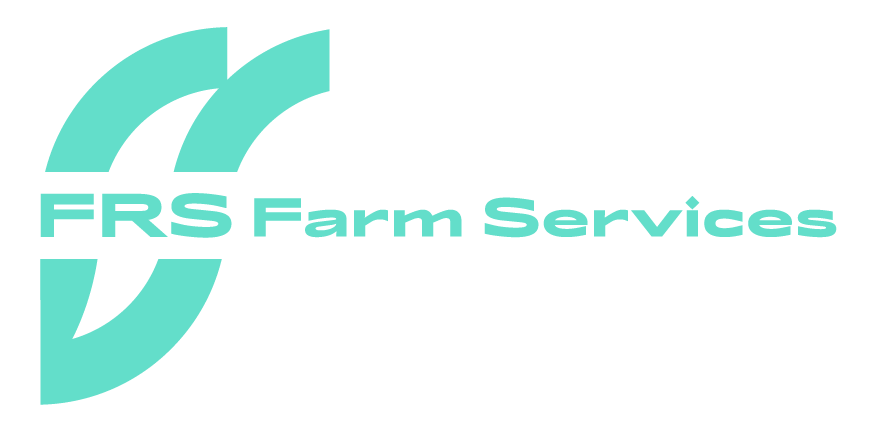As we come into the Summer months, the old saying ‘a wet and windy May fills the haggard with corn and hay’ comes to mind. And with multiple changes in the weather recently this saying may come good on its promises for crops, but farmers must also take into consideration the impact it has on animals currently or due to be turned out to grass.
Caring for calves
With calves expected to thrive at this time of year, farmers may need to adapt their plans to ensure their young livestock is able to do so. Unpredictable weather can cause stress and illness to calves, farmers need be vigilant and act quickly to ensure their herd continues to make expected weight gains.
For calves ready to go on grass, we recommend only turning them out when the weather is mild. A change of environment and a cold, wet and windy climate would cause unnecessary stress to an animal.
If a farmer has young calves turned out to grass, a field/paddock with shelter would be best for them. If they are exposed to long periods of unsettled weather, they are at a higher risk of illness and stunted growth.
Food quality and quantity
Research from Teagasc shows that a weaned dairy beef calf should be gaining 0.75Kgs per day, but this may vary depending on breed. Feed is essential for growth as it converts into energy to help support functions such as digestion and respiration. If a calf gets cold, they will use their energy to stay warm and this will limit their ability to grow. For calves already on grass, farmers may need to adapt their feed. Depending on the quality of grass, more concentrate/supplements may need to be added into the diet.
Feeding meal for long-term is costly, however, calves forced to only eat lesser quality grass will not thrive. Having healthy stock and good quality grass is essential for farm production. Soil testing, topping or using fertilizer can help.
Herding is an important part of calf-rearing and should be done twice a day. It is at this time the farmer can detect illness at an early stage. The farmer should get out of the jeep/car and walk through the animals. Calves who are separated from the group, shivering or slow to get up, could be at the early stages of an illness. At this time of year pneumonia can strike calves that are stressed due to unstable weather conditions.
Recognising pneumonia
Farmers need to be aware of any ‘tell-tale’ signs of pneumonia. If it is caught in the 24-48 hours calves have a better chance of making a full recovery. Firstly, calves may be slow to move and uninterested in feed. Next watch for coughing, heavy breathing, or nasal discharge. Pneumonia can spike temperatures above 39.5°. Other signs include sunken eyes, discharge that turns to crust around the eye, or sagging/flicking of the ear.
Should a farmer suspect an animal has pneumonia, they must remove the sick animal from the herd and place them in an isolated shed. Consult with the vet and administer the recommended medicine. Keep an eye on the rest of the animals to ensure the illness does not spread.
FRS can provide this extra help if required. FRS operators are following the current Covid 19 guidelines to safeguard the health and safety of customers and themselves. For more information visit frsfarmreliefservices.ie.
Follow us on Facebook here.
